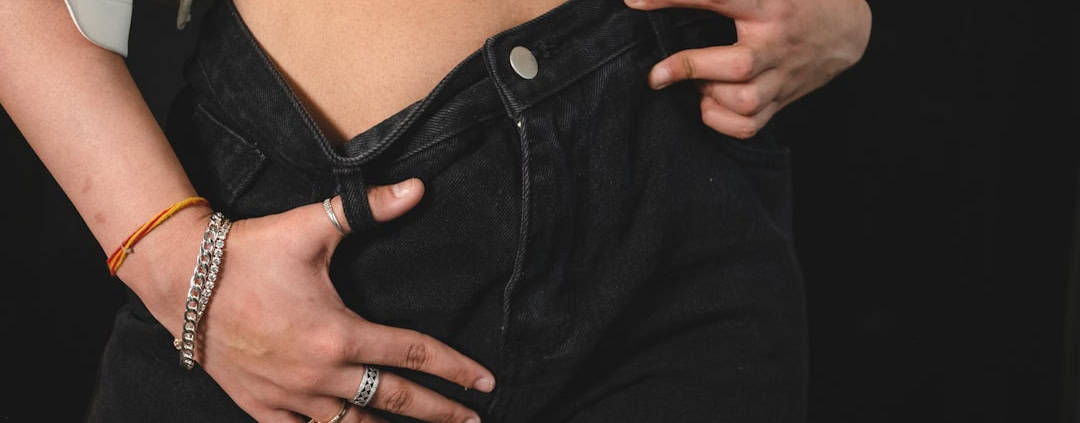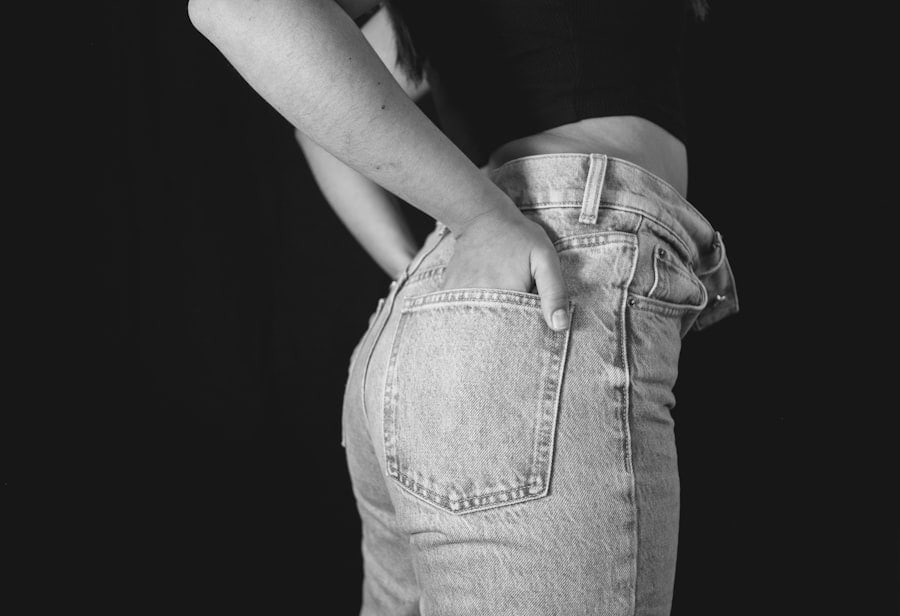Piercing and Body Modification: A Balanced View
Piercing and body modification possess a rich and diverse history spanning various cultures and time periods. The practice of piercing dates back millennia, with evidence of body piercings discovered in ancient Egyptian mummies, as well as in the Bible and other religious texts. In numerous ancient cultures, body piercings served as a form of adornment, status symbol, or to signify coming of age or belonging to a particular tribe or group.
For instance, in some African and South American tribes, lip and ear piercings were commonplace as a means to mark significant life events or to indicate social status. In addition to piercing, body modification has also played a significant role in human history. Scarification, branding and tattooing have been practised for centuries in various cultures worldwide.
In Polynesian cultures, for example, tattooing was a sacred ritual and a method of marking important milestones in an individual’s life. In some African tribes, scarification was utilised as a means to signify bravery, strength or tribal affiliation. These practices have evolved over time and have become an integral part of many modern societies, with individuals employing body modification as a form of self-expression and identity.
Summary
- Piercing and body modification have a long history, dating back thousands of years to ancient cultures such as the Egyptians and Romans.
- Different cultures have their own unique traditions and significance attached to piercing and body modification, often representing rites of passage, social status, or religious beliefs.
- When considering piercing and body modification, it is important to prioritise health and safety, including choosing a reputable and professional piercer and following proper aftercare procedures.
- Piercing and body modification can have psychological and social implications, impacting self-expression, identity, and societal perceptions.
- The artistic and creative aspect of piercing and body modification allows individuals to express themselves and create unique forms of self-expression.
- Personal choice and autonomy are crucial when it comes to piercing and body modification, allowing individuals to make decisions about their own bodies.
- The future of piercing and body modification is likely to continue evolving, with new trends, techniques, and cultural influences shaping the industry.
Cultural Significance and Traditions
Cultural Significance of Body Piercings
In many cultures, body piercings are viewed as a rite of passage or a means of marking significant life events. For instance, in India, nose piercings are a common tradition for women and are often performed as part of a wedding ceremony or to signify a woman’s marital status.
Body Piercings and Modification in Tribal Societies
In certain African and South American tribes, body piercings are utilised as a means of connecting with ancestral spirits or to signify belonging to a particular tribe or community. Similarly, body modification practices such as scarification and tattooing hold significant cultural meanings in many societies. In some African cultures, scarification is employed as a means of marking important life events such as childbirth or coming of age.
Influence on Modern Body Modification Practices
In Japan, traditional tattooing, known as irezumi, has been practised for centuries and is often associated with the yakuza (Japanese mafia) as well as with spiritual and religious symbolism. These cultural traditions have influenced modern body modification practices and continue to be an essential part of many people’s lives.
Health and Safety Considerations
While piercing and body modification can be culturally significant and personally meaningful, it is important to consider the health and safety implications of these practices. Improper piercing techniques or unsterile equipment can lead to infections, allergic reactions, and other complications. It is crucial for individuals seeking body modification to choose reputable and experienced professionals who adhere to strict hygiene standards and use sterile equipment.
In addition to the physical risks, there are also psychological considerations when it comes to body modification. Some individuals may experience anxiety or depression related to their body image or may struggle with the decision to modify their appearance. It is important for individuals to carefully consider their motivations for body modification and to seek support from mental health professionals if needed.
Psychological and Social Implications
| Category | Metrics |
|---|---|
| Psychological Implications | Stress levels |
| Anxiety levels | |
| Depression rates | |
| Social Implications | Loneliness rates |
| Social support availability | |
| Community engagement levels |
Piercing and body modification can have significant psychological and social implications for individuals. For many people, body modification is a way to express their identity, creativity, and individuality. It can be a form of self-empowerment and a way to reclaim ownership of one’s body.
However, there can also be social stigma attached to body modification, with some individuals facing discrimination or judgement from others based on their appearance. Furthermore, body modification can also have psychological implications, particularly for those who may struggle with body image issues or have experienced trauma related to their physical appearance. It is important for individuals to consider the potential psychological impact of body modification and to seek support from mental health professionals if needed.
The Artistic and Creative Aspect
Piercing and body modification are often seen as forms of artistic expression and creativity. Many individuals view their bodies as a canvas for self-expression and use piercings, tattoos, and other forms of body modification as a way to showcase their personal style and creativity. Body modification artists often work closely with their clients to create unique and meaningful designs that reflect the individual’s personality and values.
In addition to the artistic aspect, body modification can also be a way for individuals to connect with their cultural heritage or spiritual beliefs. For example, some people may choose to get traditional tattoos or piercings as a way to honour their ancestry or to express their connection to a particular cultural tradition.
Personal Choice and Autonomy
Respecting Personal Autonomy
Individuals have the right to make decisions about their own bodies and appearance without judgement or interference from others. It is important for society to recognise and respect the autonomy of individuals when it comes to their choices regarding body modification.
Making Informed Decisions
However, it is also important for individuals to make informed decisions about body modification and to consider the potential risks and implications of these practices. Seeking out reputable professionals, understanding the potential physical and psychological impacts, and carefully considering one’s motivations for body modification are all important aspects of making an informed choice.
Key Considerations
Carefully considering the potential risks and implications of body modification is crucial. This includes understanding the potential physical and psychological impacts, as well as seeking out reputable professionals to carry out the procedure.
The Future of Piercing and Body Modification
As society continues to evolve, so too will the practice of piercing and body modification. With advancements in technology and changes in societal attitudes towards appearance and self-expression, it is likely that body modification will continue to be an important part of many people’s lives. As awareness of health and safety considerations grows, it is expected that regulations and standards for body modification practices will continue to improve.
Furthermore, the artistic and creative aspects of body modification will continue to flourish, with new techniques and styles emerging as artists push the boundaries of what is possible in the world of body modification. As society becomes more accepting of diverse forms of self-expression, it is likely that the stigma surrounding body modification will diminish, allowing individuals to freely express themselves without fear of judgement or discrimination. In conclusion, piercing and body modification have a rich history that spans across different cultures and time periods.
These practices hold deep cultural significance and are often tied to traditions and rituals within different societies. While there are health and safety considerations associated with body modification, it is ultimately a personal choice that should be respected. As society continues to evolve, it is likely that body modification will continue to be an important form of self-expression for many individuals.
If you are interested in learning more about body piercing and modification, you may want to check out the blog section of The Piercing Places website. They offer a balanced perspective on the topic and provide valuable information for those considering body piercing. Additionally, their top 10 FAQs about body piercing can also provide helpful insights for anyone looking to get a piercing. You can find more information on their website here and here.
FAQs
What is body modification?
Body modification refers to any deliberate alteration of the human body for non-medical reasons. This can include piercings, tattoos, scarification, branding, and other forms of body art.
What are the different types of body piercings?
There are various types of body piercings, including ear piercings (such as lobe, helix, and tragus piercings), facial piercings (such as nose, lip, and eyebrow piercings), body piercings (such as navel and nipple piercings), and genital piercings.
What are the potential risks of body piercings?
Potential risks of body piercings include infection, allergic reactions, scarring, and in rare cases, nerve damage. It is important to ensure that piercings are performed by a professional using sterile equipment to minimize these risks.
What are the cultural and religious significance of body modification?
Body modification has been practiced for cultural and religious reasons in various societies throughout history. For example, in some cultures, body piercings and tattoos are used as rites of passage, symbols of status, or expressions of religious beliefs.
What are the psychological implications of body modification?
For some individuals, body modification can be a form of self-expression and empowerment. However, it is important to consider the potential psychological implications, as some individuals may experience regret or dissatisfaction with their body modifications.
What are the legal considerations surrounding body modification?
The legal regulations surrounding body modification vary by country and region. In some places, there are age restrictions for certain types of body modifications, and there may be specific health and safety guidelines that practitioners must adhere to.





